America’s First National Park
Yellowstone National Park holds the title of being America’s first national park, and it was established back in 1872. This park isn’t just a national treasure; it’s a global milestone because it was the first of its kind in the whole world. Imagine a time when the concept of preserving nature in its most pristine form was revolutionary, and Yellowstone was at the forefront of that change. Stepping into Yellowstone is like stepping back into history, a place where the natural beauty and wonder were recognized as treasures worth protecting. From bubbling geysers to sweeping landscapes, the park was set aside for everyone to enjoy then and now. Before Yellowstone, most land was seen merely as a resource, but this park started a movement towards appreciation and conservation.
A Supervolcano Lurks Beneath
Beneath the mesmerizing landscapes of Yellowstone lurks a massive supervolcano, an enigmatic giant hidden beneath the earth’s crust. This volcano has a caldera, or a large volcanic crater, that spans about 55 kilometers (34 miles) wide. Its size alone reflects its potential power, as it is responsible for some of the largest eruptions in the history of our planet. The very ground people walk upon is infused with both wonder and a slight hint of danger, as this lurking giant influences the geothermal features throughout the park. While currently dormant, its presence is a gentle reminder of nature’s potent forces. This supervolcano adds a layer of mystery to the park, as scientists continuously study it to understand more about Earth’s inner workings.
Home to Half the World’s Geysers
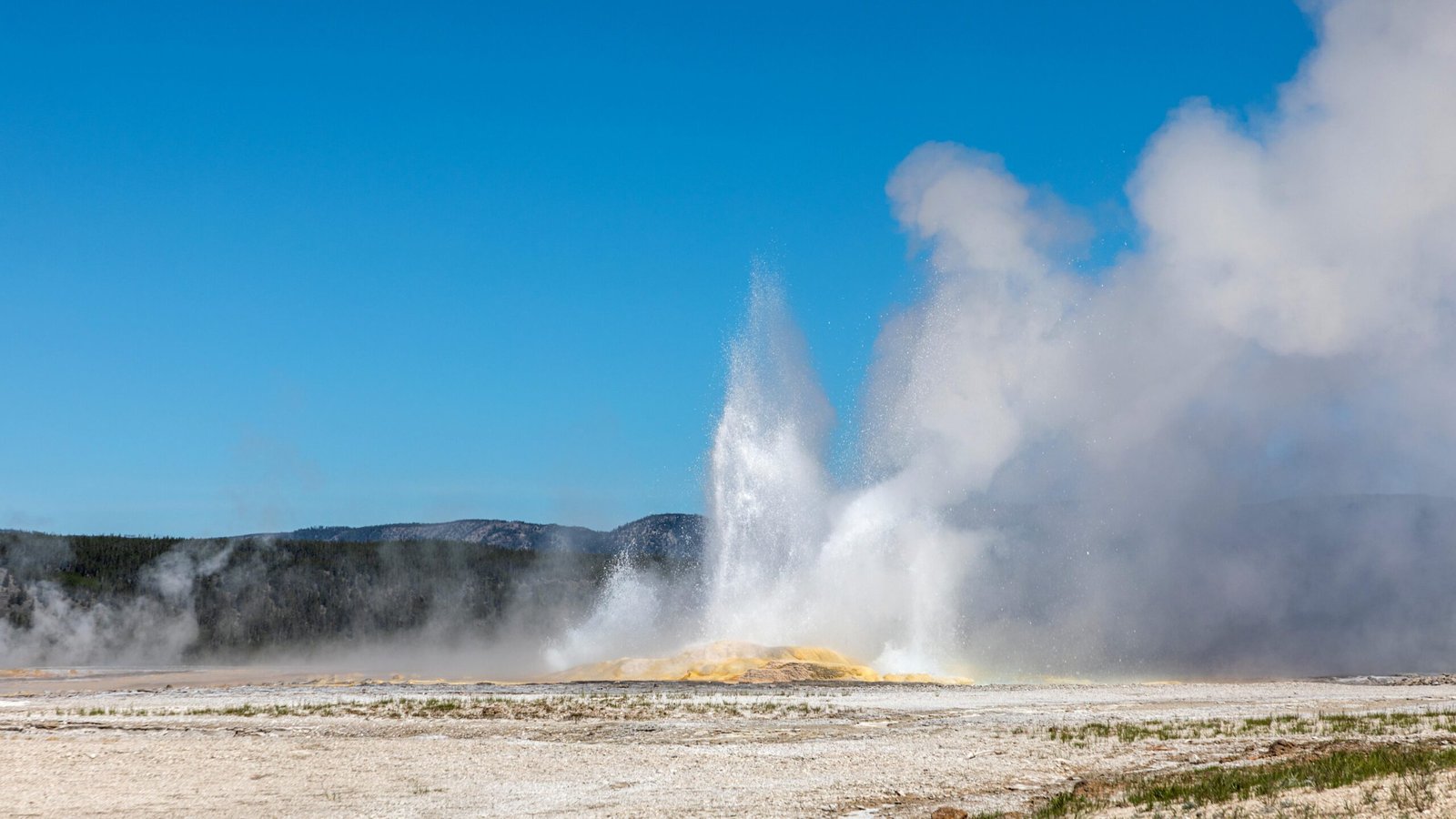
Yellowstone National Park is a geyser wonderland, home to over 500 of these natural spectacles, which is over half of all the geysers around the globe. One cannot talk about Yellowstone without mentioning the famous Old Faithful. This geyser’s reliable eruptions make it a must-see for park visitors, as it erupts roughly every 90 minutes. Old Faithful isn’t just an attraction; it’s an ambassador for the park, showcasing the dynamic geothermal activity beneath Yellowstone’s surface. The park’s geysers are like nature’s fireworks, unpredictably bursting forth in awe-inspiring displays. These geysers not only captivate visitors but also serve as crucial elements in understanding geothermal activity across the planet.
A Vast Wilderness
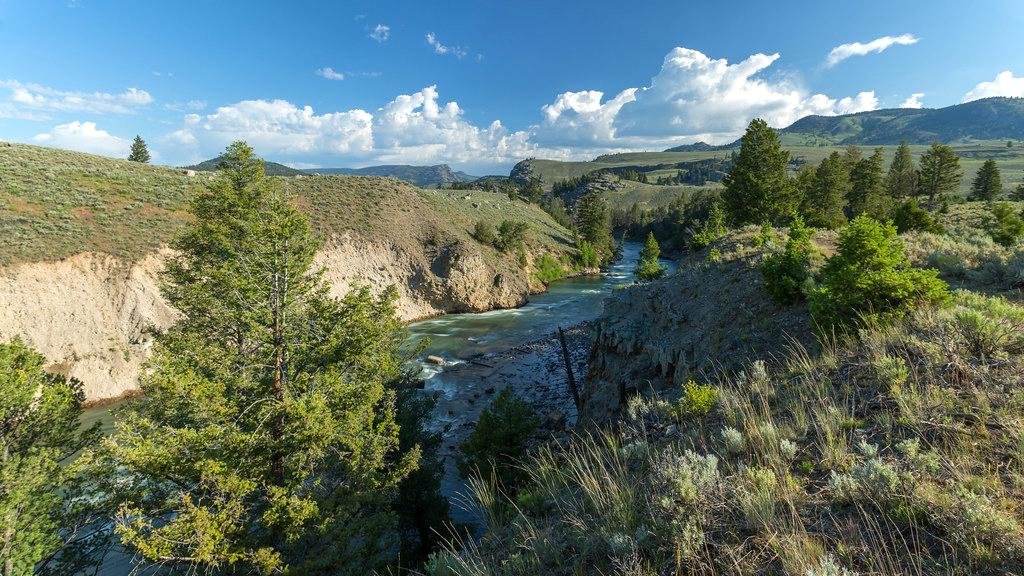
Yellowstone National Park isn’t just a park; it’s a sprawling wilderness encompassing around 8,991 square kilometers (3,468 square miles). This makes it larger than the combined area of the states of Rhode Island and Delaware. The sheer vastness of the park gives it an atmosphere of uncharted territory, where explorers can get lost in nature’s embrace. Within these lands, diverse ecosystems thrive, from lush forests to sweeping meadows and soaring mountain ranges. Visitors can roam through vast landscapes where humans are merely temporary guests among the more permanent inhabitants, the wildlife that calls Yellowstone home. It takes several visits to truly appreciate the grandeur and diversity of this expansive wilderness.
The Grand Canyon of Yellowstone
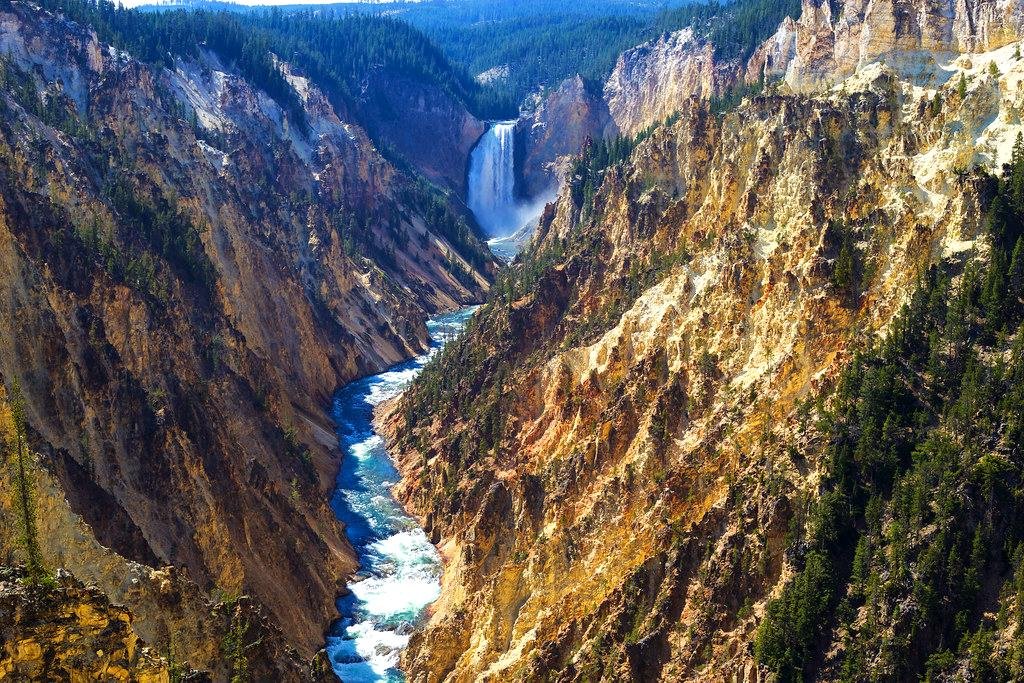
One of the park’s crown jewels is the Grand Canyon of the Yellowstone, with its mesmerizing colorful rock walls and breathtaking waterfalls. This canyon was carved by the relentless flow of the Yellowstone River, painting a vivid picture of natural history over thousands of years. The colors of the canyon walls range from soft pinks and yellows to vibrant reds, making every viewpoint unique. Visitors often find themselves mesmerized by the powerful Lower Falls, which is twice as high as Niagara Falls. Standing at the edge, one can feel the pulse of the Earth in the misty spray and roaring waters below. Nature’s artistry is on full display here, captivating the hearts and eyes of all who stand before it.
A Haven for Wildlife
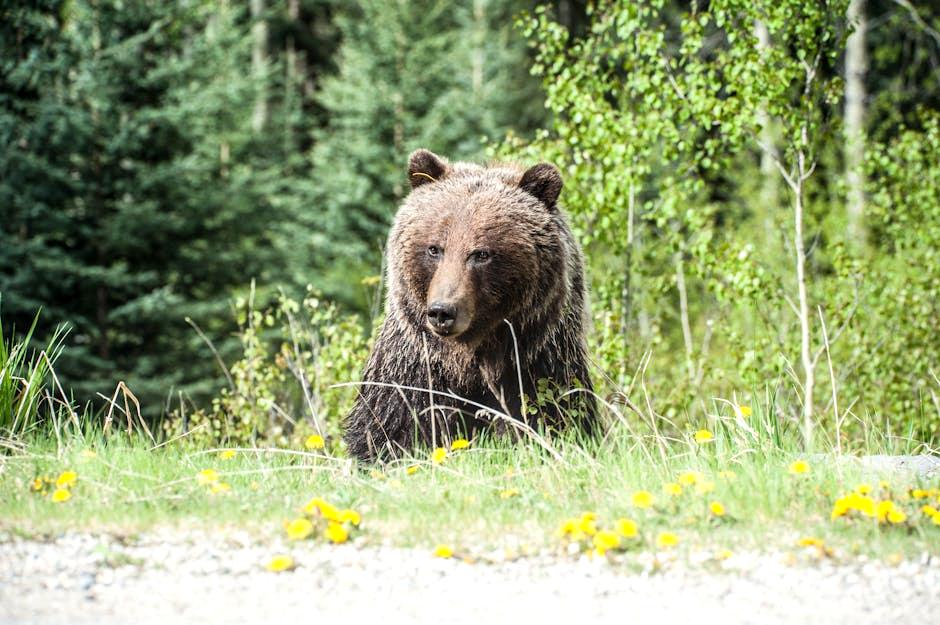
Yellowstone is more than just landscapes; it’s a vibrant home for wildlife, boasting an impressive array of animals such as bison, grizzly bears, wolves, elk, and bald eagles. It’s one of the few places on Earth where bison roam free, a scene that seems pulled straight from North America’s past. Travelers often encounter these majestic creatures while driving through the park, reminding them of nature’s untamed spirit. Besides bison, watching a grizzly bear or pack of wolves roam is an unforgettable experience that connects visitors with the untamed. For bird watchers, the sight of a bald eagle soaring above is magical. In Yellowstone, Earth’s creatures live freely, each playing a role in the delicate tapestry of life in the park.
Volcanic Hot Springs
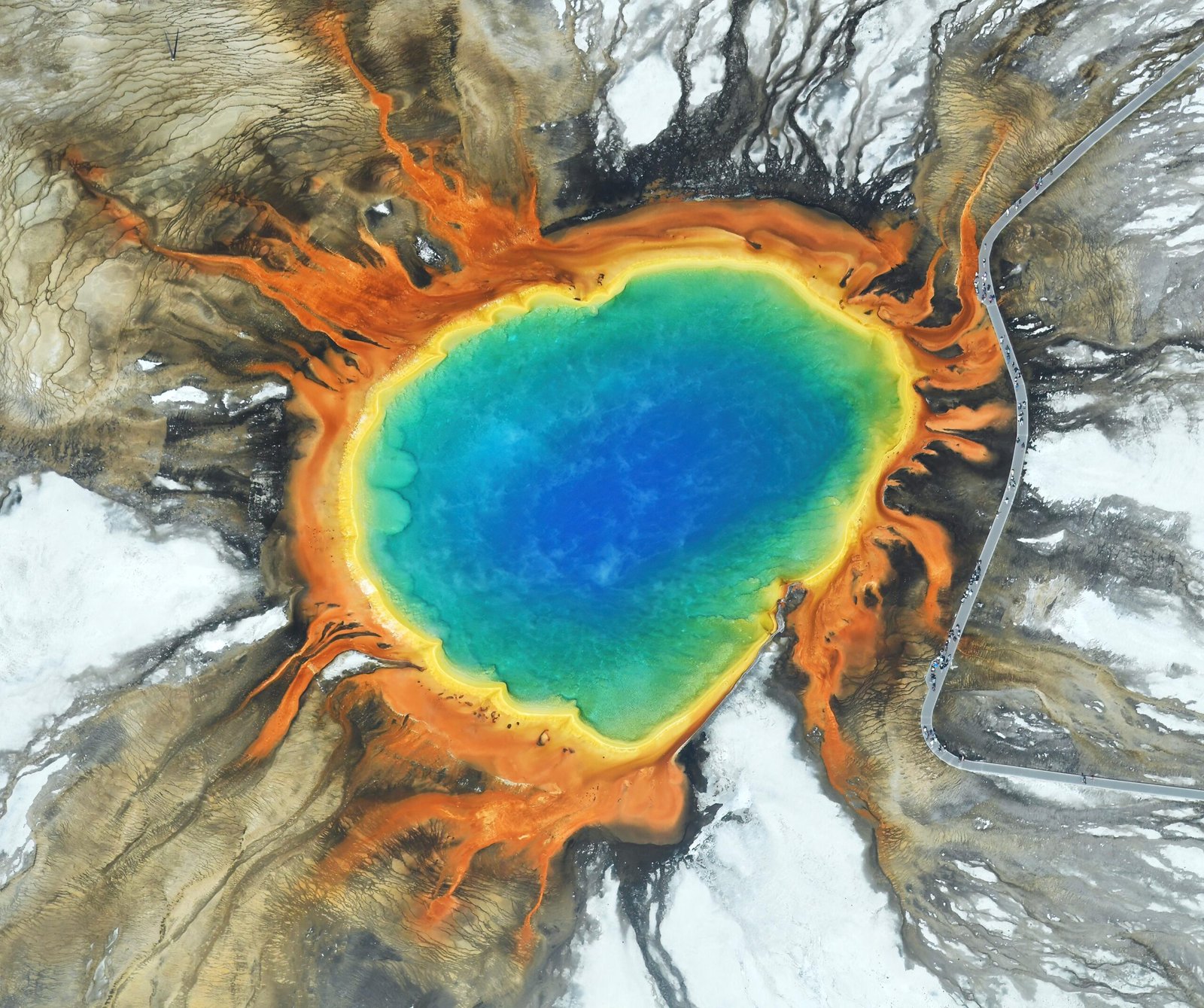
The geothermal wonders of Yellowstone don’t stop with geysers; the park is also home to vibrant hot springs, with the Grand Prismatic Spring standing as the largest in the U.S. This hot spring mesmerizes visitors with its vibrant rainbow-like colors. These hues aren’t merely for show; they are created by heat-loving microorganisms thriving in the warm waters. These organisms form a natural canvas of color that shifts with the seasons, offering a new picture each time one visits. The sight of these hot springs can feel almost otherworldly, as if nature itself is flexing its creative muscles. The Grand Prismatic Spring is more than just a pretty face; it is a living, breathing testament to life’s adaptability.
Endless Trails for Exploration

For those who wish to explore the park more deeply, Yellowstone offers over 1,000 miles of hiking trails. Whether you are a casual walker or a seasoned adventurer, there’s a trail to match your spirit. These paths wind through forests, alongside rivers, and atop mountains, offering countless opportunities to connect with nature. From short strolls around iconic features to rigorous backcountry treks, each trail presents its own magic. Along these paths, explorers can discover hidden gems, encounter wildlife, and experience the quiet solitude that only nature can provide. With so many trails, every visit to Yellowstone can offer something new and unforgettable.
An Active Seismic Zone
Another fascinating aspect of Yellowstone is its seismic activity, with thousands of small earthquakes shaking the park each year. While most of these are too minor for humans to feel, they are a telltale sign of the powerful Earth beneath. The earthquakes play a crucial role in releasing pressure and are essential to the park’s dynamic landscape. They remind visitors of the ongoing geological processes that shape not just Yellowstone, but the entire planet. Scientists monitor this activity closely, learning about seismic patterns and the movements of the Earth’s crust. The ground may feel still underfoot, but Yellowstone is a living, shifting entity.
A Winter Wonderland
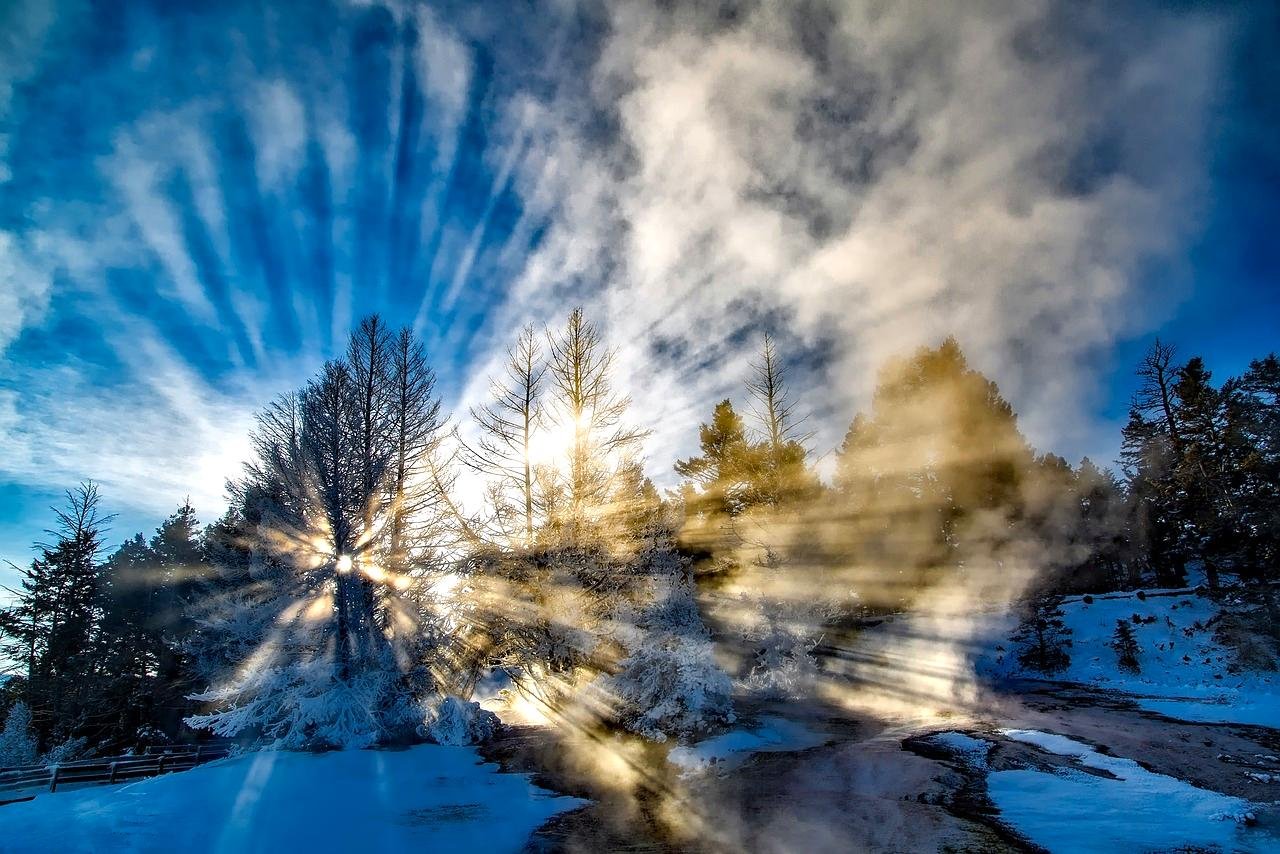
While many visit Yellowstone in the summer, the winter months transform it into a snowy wonderland. This season offers a serene and magical version of the park that few get to witness. The landscapes, dusted with snow, present a stunning backdrop for outdoor activities such as cross-country skiing and snowshoeing. Though the chill may bite, the quiet and peace of winter at Yellowstone create a sense of enchantment and solitude. Wildlife spotting can be particularly rewarding during this time, with tracks in the snow and animals appearing against the white landscape. The magic of Yellowstone in winter offers a completely different perspective, making it an experience unlike any other season.
